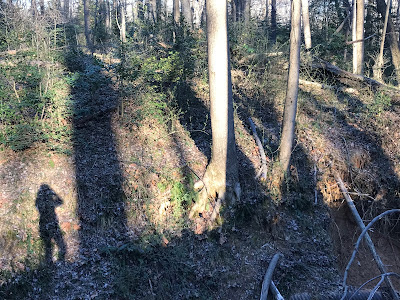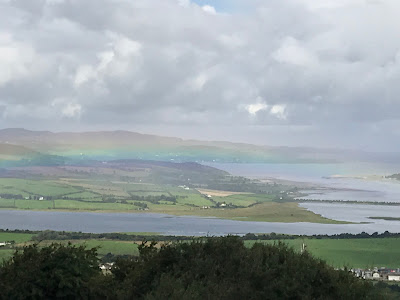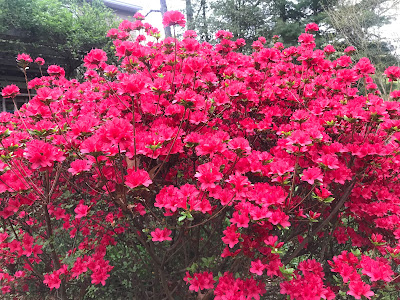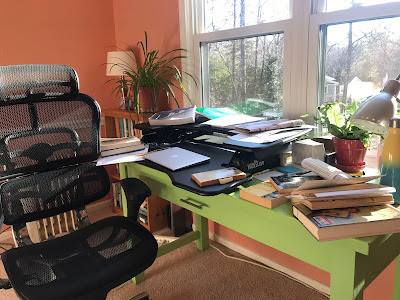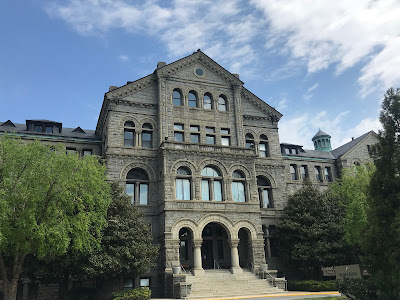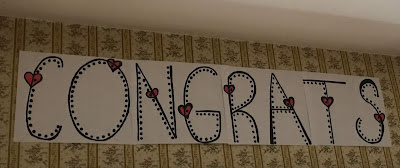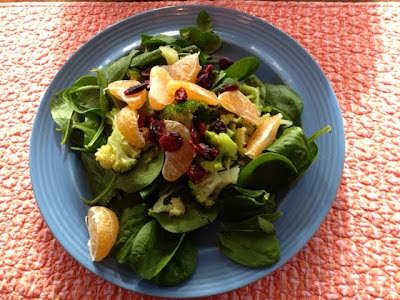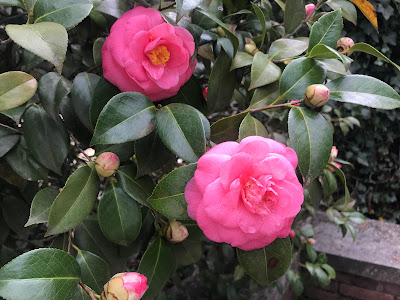Yesterday, a pilgrimage to the Shrine of the Immaculate Conception, the largest Catholic church in the country, which was (amazingly enough) only completed this decade. Organized by my church, it was a day of prayer and discovery, a capstone of the bible study we’d been doing during Lent, with its theme of pilgrimage.
But for me, the pilgrimage took on an additional layer of meaning because it was also a return to Catholic University, which is next door to the basilica. Once upon a time, I worked at Catholic U., writing articles for their alumni magazine and website. This was in the days of in-person work, so five days a week I trundled down to northeast D.C.
Yesterday’s return didn’t disappoint. There were the old buildings I remembered and a few recent additions. There was the grandly grim McMahon Hall, home of the College of Arts and Sciences and where the communications team had a small warren of offices on the third floor .
I never tired of walking two floors up the broad and inviting stairway, never stopped being amazed that I was working in an office again after 17 years of freelance work. I turned my desk around so I looked out the window over the campus and beyond, into Maryland. There were treetops and steeples. I felt like a bird perched on a ledge. In fact, birds did perch on my ledge, and the stones of the thick walls were medieval in their size and roughness.
Then and now the neighborhood feels like a world apart. Yesterday’s visit reminded me that one of the things I loved about working at Catholic was its sense of place. I felt at home there. I still do.
